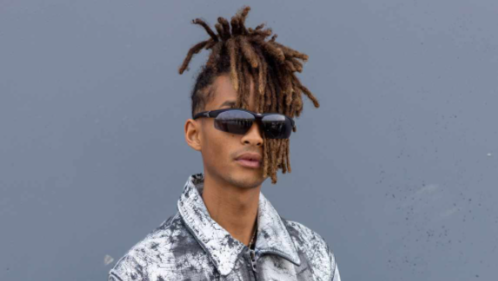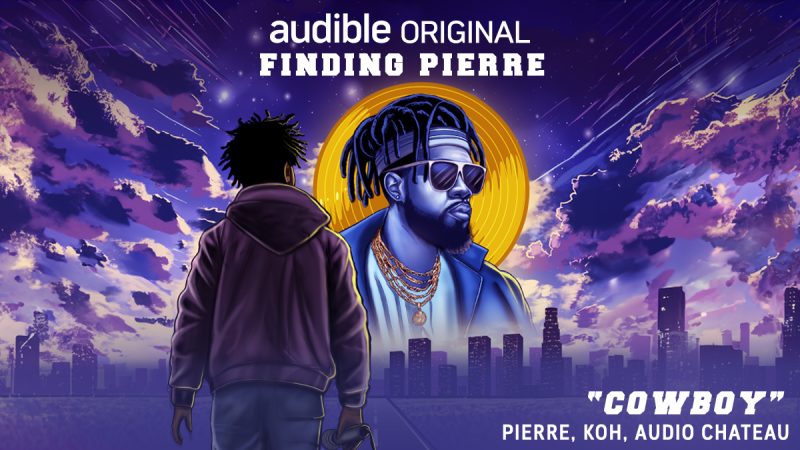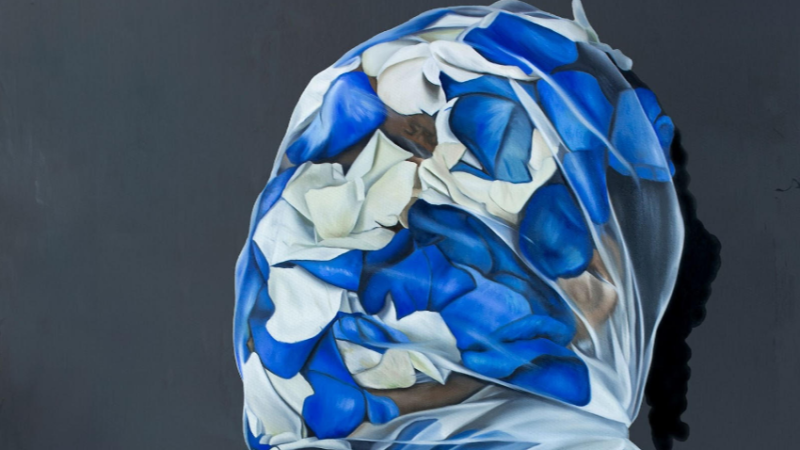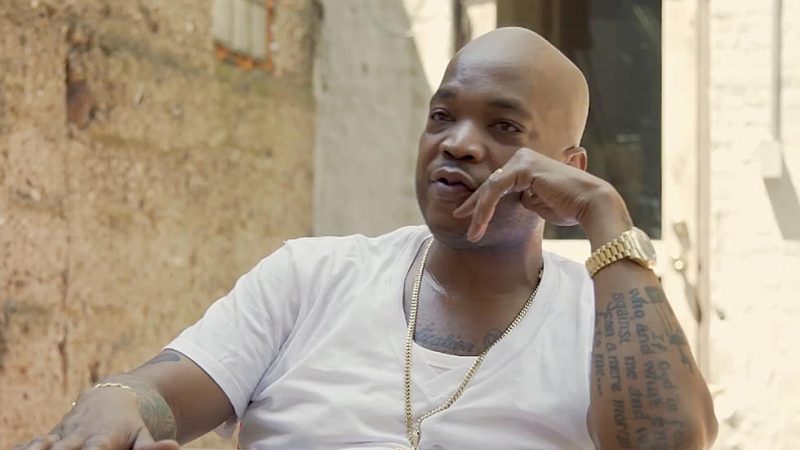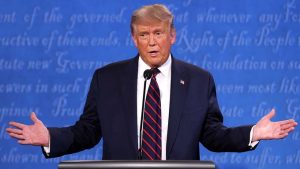Michael Rapaport Blasts Media Over Spineless Kodak Black Coverage
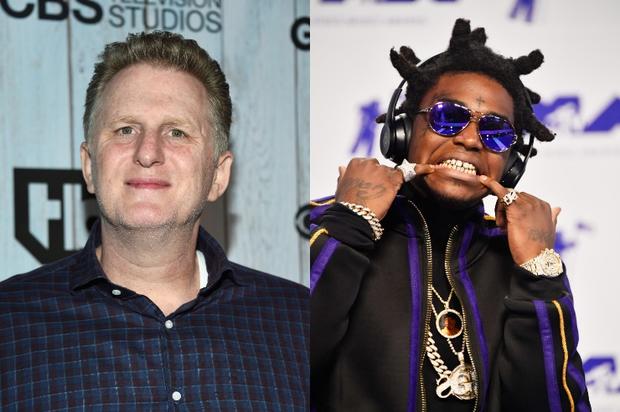
Michael Rapaport’s war with Kodak Black continues to wage, and this time, Rap has set his sights on the media. “A lot of you hip-hop bloggers, whatever the fuck that is,” begins Rapaport, in a vlog of sorts. “Radio personalities, and hip-hop media people feel the exact same way that I do about this guy Kodak Wack, I mean, Kodak Black. But you don’t have the fuc*ing balls to say it. You’ll bring it up, and ask fans, listeners, and followers, what do ya’ll think. Why don’t you say what you think? Why don’t you speak your fuc*ing mind? You don’t do that, cause you don’t have the disruptive onions that I have. So I have to step up to the plate to defend the name of three of the most important hip-hop ever, because you won’t fuc*ing do it? Get the fu*k out of here with your blogs, your podcast, and your bulls*it radio shows.”
In fairness, Rap brings up a good point, though his objectivity toward Kodak Black’s skillset seems clouded by personal distaste. As a writer for one of these blogs he seems to have targeted, I shall attempt to answer his challenge. By my estimation, Kodak Black’s comparison to Pac, Big, and Nas was one destined for a volatile reaction – Mike is exactly right, they are three of the genre’s most influential, and are legends on the basis of their artistic merit. But to some degree, Kodak is cut from a similar cloth, and that’s not saying his music reaches the height of their influence. Yet Kodak has been raised by the streets, shaped and molded by his environment. There’s no clout chasing or any misguided industry campaigns where Kodak is concerned. His rise has been, for the most part, decidedly “old-school” in nature.
Kodak is unrefined, callous, and prone to unsettling outbursts of erratic behavior, often ignoring social norms and speaking on every whim that seems to come in his mind. His conduct to Young M.A. once again revealed a disturbing attitude toward women, and it can be difficult to champion for someone prone to public-moral slip-ups. Not to mention his bizarre Sticky Fingaz tale, which further cast a spell on Kodak’s status as an unreliable narrator. Yet there comes a time when hip-hop fans must face a crossroads: the genre was built on the pillars of authenticity, and will likewise be undone by the “clout generation,” the 360 deals and the dilution spread by hip-pop music. The real is always pretty, but it never was. Pac, Nas, Big, Ghostface, Raekwon, Jay-Z, Dr. Dre, they’ve seen things that many modern-day hip-hop fans could not fathom. Some might not have survived today’s social media microscope.
You don’t have to believe Kodak is putting out music like Nas, Pac, and Big. But to say Kodak Black isn’t even top ten mumble rappers is counter-intuitive to those espousing authenticity in hip-hop. You can dislike a person – and Kodak has certainly done much to warrant dislike from the public – without discrediting their work. But come on Rap, Dying To Live alone features enough material to cement Kodak as a promising rapper in an age-class riddled with inconsistency and industry-tempered trend-chasing. If certain blogs are lacking disruptive onions in their Kodak coverage, such a hyperbolic dismissal of Kodak’s place in the game is equally problematic. Maybe this one truly is best left to the fans – what do you think?

